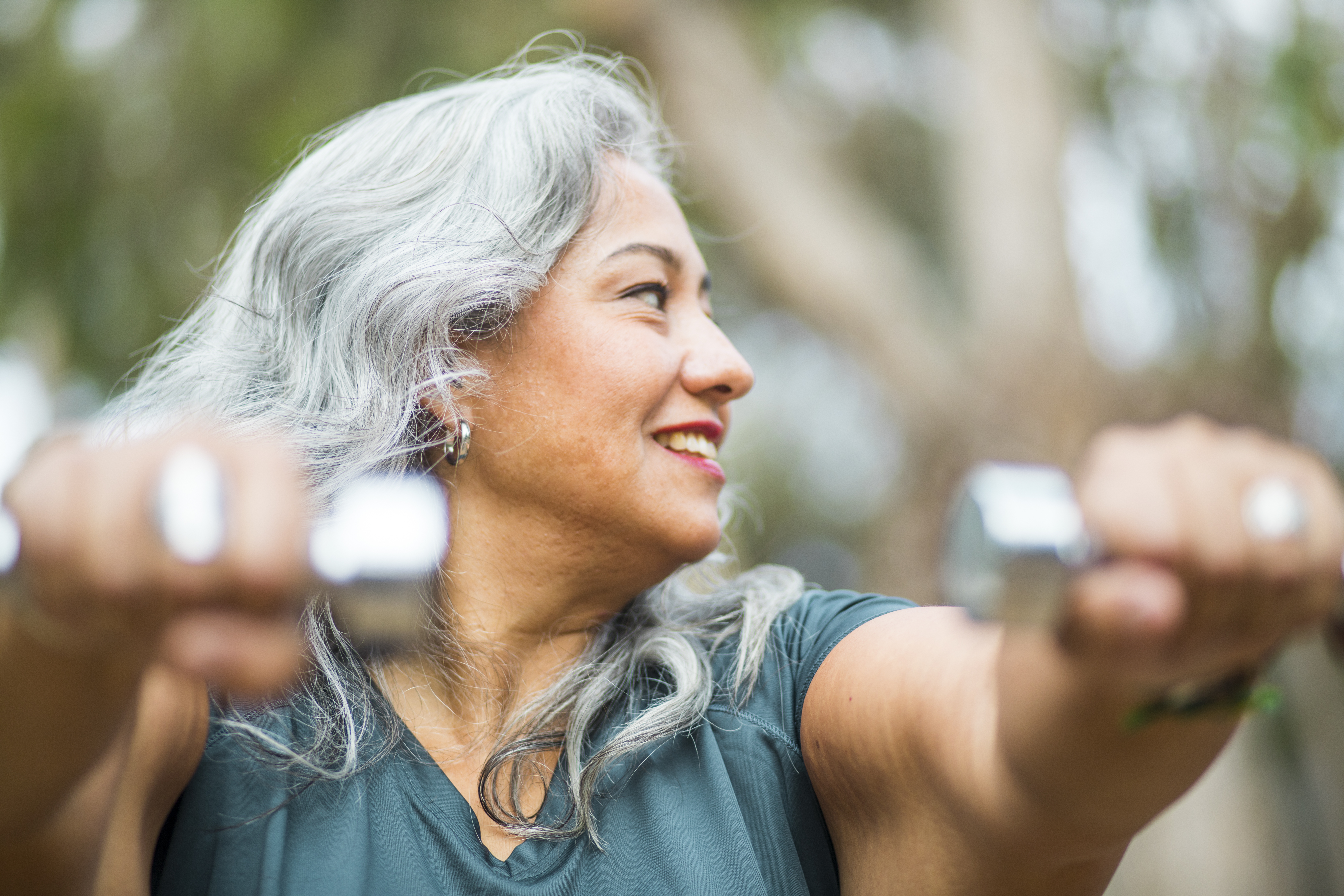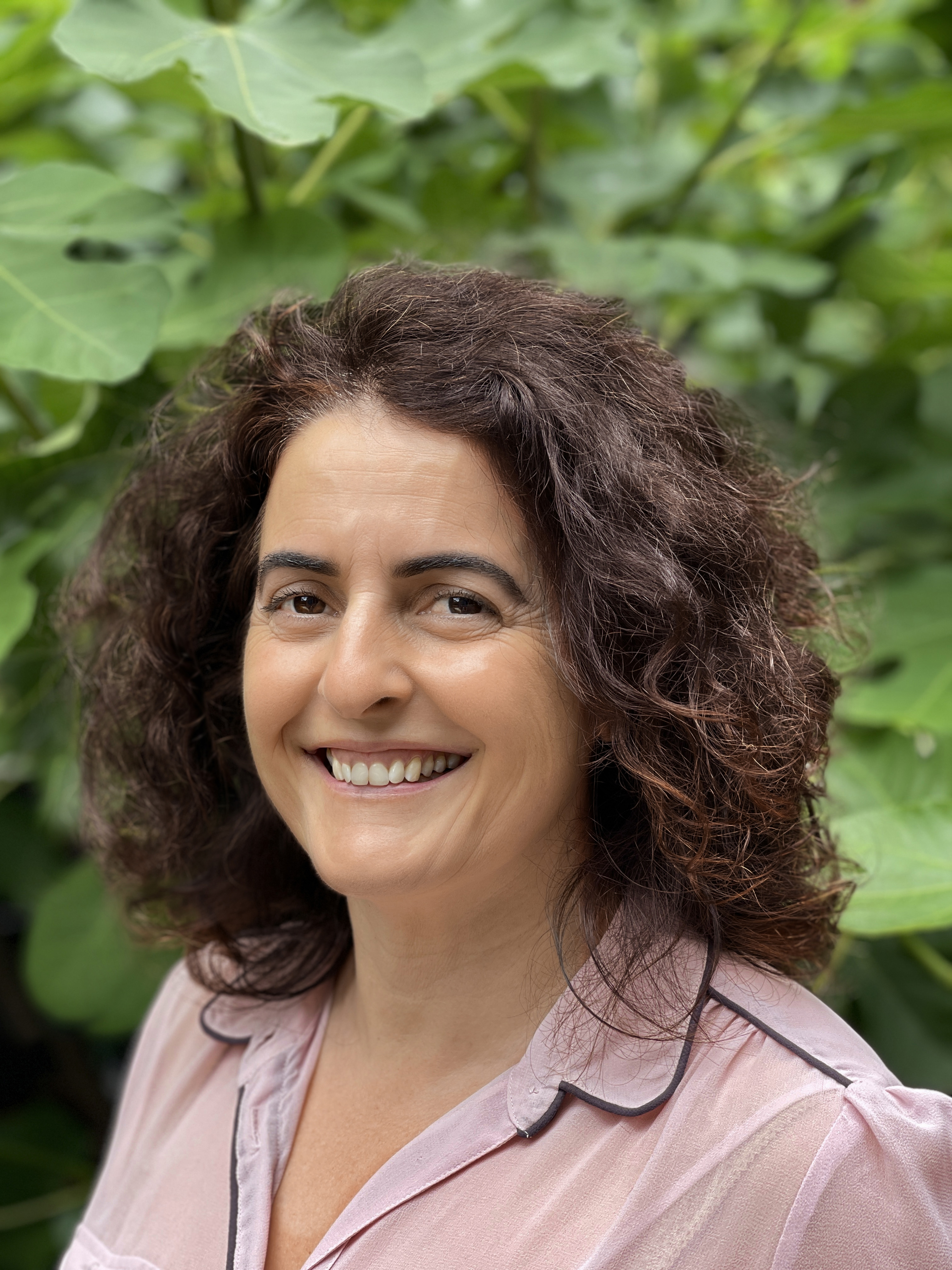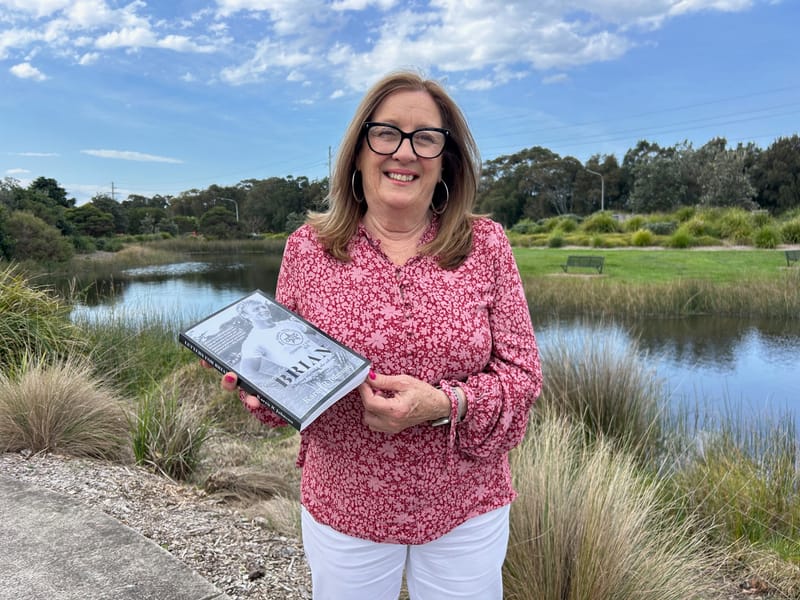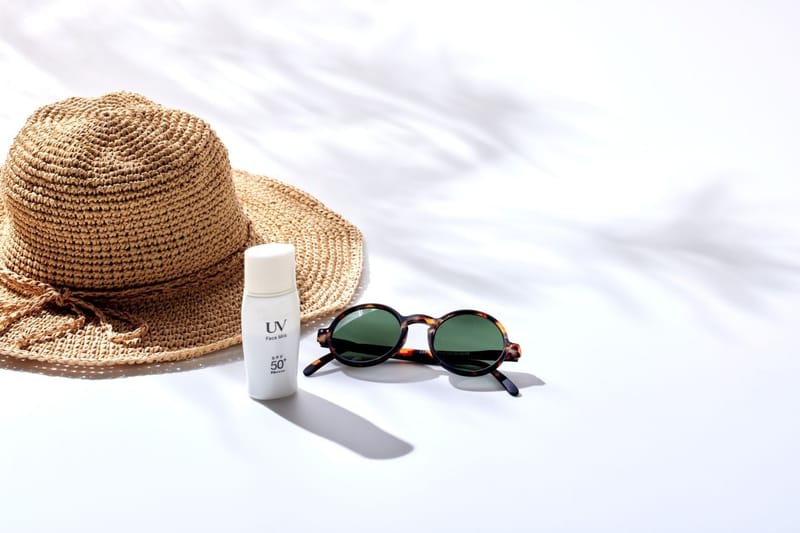Exercise to age well: 'It's never too late to prioritise muscle health'
July 4 was World Sarcopenia Day. It’s likely that this day did not register on many people’s calendars, however for those involved in research into heathy ageing “Sarcopenia” is an important topic. Sarcopenia is a word derived from the Greek...

By Lilliana Barone, owner of Elossa, the gym for people aged 60+
July 4 was World Sarcopenia Day. It’s likely that this day did not register on many people’s calendars, however, for those involved in research into healthy ageing sarcopenia is an important topic.
Sarcopenia is a word derived from the Greek “sarx” or muscle + “penia” or loss – literally, the loss of muscle. Sarcopenia is a condition characterised by the loss of muscle strength, mass and function and is usually associated with ageing. It has been called the "silent muscle-wasting disease".
Our muscles are responsible for movement, support and stability of our bodies, allowing us to perform everyday activities, and do more of the active things we love to do with family and friends.
However, as we get older, on average we will experience 0.5 to 1% loss of skeletal muscle mass per year after the age of 50. In fact, most people lose almost 50% of their muscle mass between the ages of 20 and 90. This process is called sarcopenia, and 1 in 5 Australians over the age of 60 live with different stages of sarcopenia.
Sarcopenia will lead to poor endurance, physical inactivity, slow walk speed, decreased mobility and increased risk of falls.
The natural process of ageing accelerates sarcopenia, and a sedentary lifestyle can bring it on earlier. But it is not all doom and gloom because research shows that sarcopenia can be stopped and even reversed by adopting proactive lifestyle measures and it is never too late to start.
This means sarcopenia is not only preventable, but it is also treatable and reversible.
Regular exercise, in particular, incorporating strength or resistance-based training is one of the most important ways to preserve and build muscle mass to prevent or reverse sarcopenia. Incorporating activities such as weightlifting, resistance bands or bodyweight exercises can be done at any age.
Before starting any exercise regime, it is recommended to consult a health professional such as an exercise physiologist who specialises in exercise prescription for older people.
As the owner of Elossa, I ensure that every new member conducts a thorough Initial Assessment with our Accredited Exercise Physiologists to ensure that the exercise regime is tailored for safety and effectiveness for each individual.
Other proactive measures include incorporating physical activity into your daily routine and avoiding a sedentary lifestyle, keys to optimising healthy muscle growth and mitigating the effects of sarcopenia. I believe that finding activities that safely challenge and energise you, keep you engaged and, importantly, bring you joy will lead to sustainable change.
Whatever life stage you are at, it is never too late to prioritise muscle health and take steps to mitigate the impact of sarcopenia. Let’s unlock the power of our muscles by embracing an active lifestyle and make the most of our ageing journey.
Elossa is a specialised gym for ages 60+ focusing on functional fitness and muscle strength to improve quality of life.





